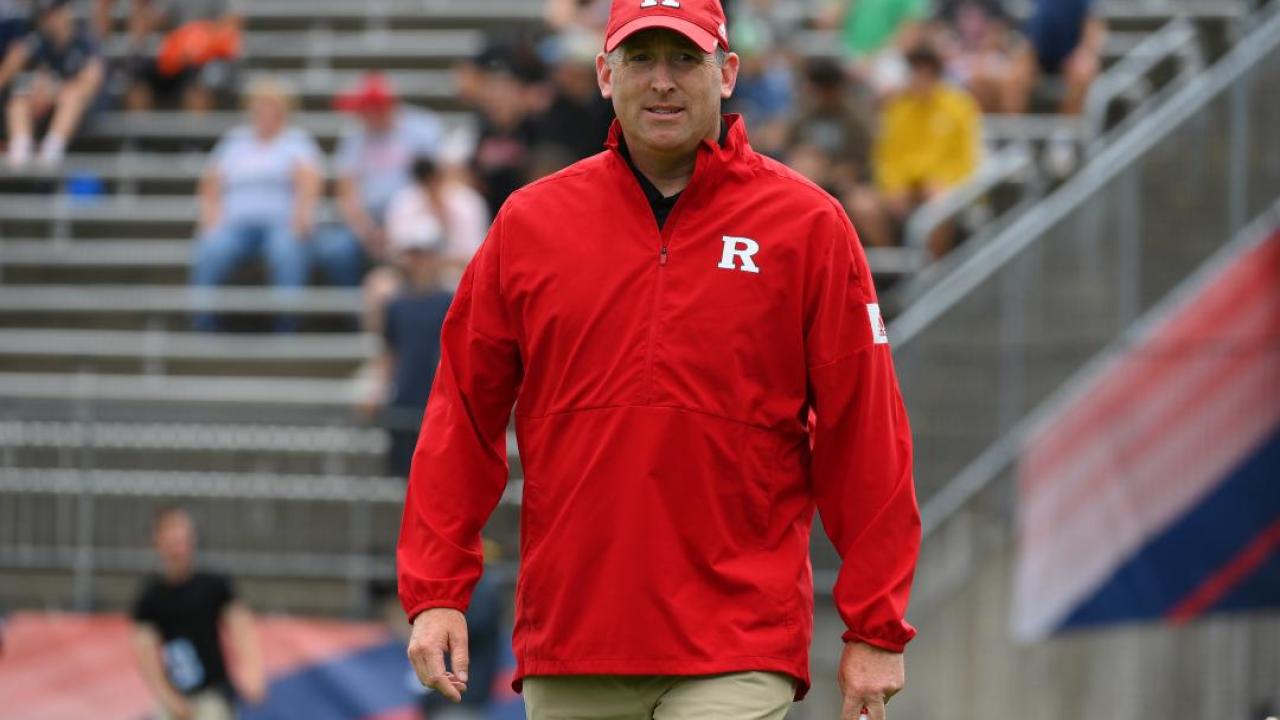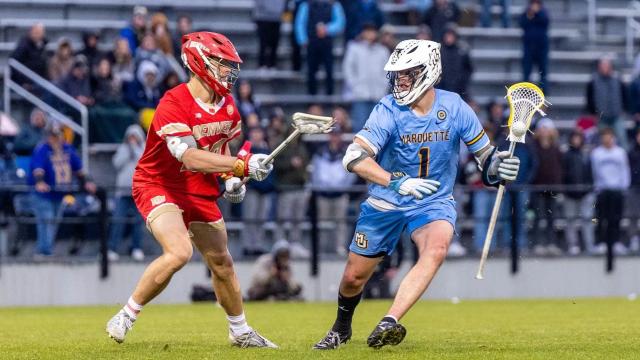

© 2025 USA Lacrosse. All Rights Reserved.

This article appears in the January edition of USA Lacrosse Magazine. Join our momentum.
Rutgers’ appearance in the NCAA Division I men’s lacrosse final four last year was historic. The Scarlet Knights made it that far for the first time in part on the back of transfers.
Understanding how to effectively mix in transfers on and off the field applies to every level of lacrosse, not just college. Youth players may move, switch club teams or transfer schools. If you’ve already established a strong team culture, here’s how to integrate new players.
“We have a roster of 50, so we’re looking to bring in 12 guys a year, whether it’s incoming freshmen or grad transfers,” Brecht said.
But it’s about more than finding people to fill the cleats of a starter or the next big star.
“We don’t want it to happen, but sometimes there are injuries,” Brecht said.
Consider your entire depth chart when looking to add players.
Box scores and game film will never tell the whole story.
“It’s very important to get to know them,” Brecht said. “You see them on film and on the field. That’s the first thing that gets your attention.”
Brecht monitors academic performance and is in frequent contact with prospective additions to the program. But he also reaches out to his peers.
“Lean on people you trust, whether it’s their club or college coaches or even coaches who had to game-plan against them,” Brecht said. “That feedback is always helpful. It’s not going to be one conversation, game or highlight film that should have someone in or out.”
When a known player comes in, someone else may fall on the depth chart. At the very least, transfers add competition to preseason practices, and their experience on a comparable roster may make them feel like more of a threat to a returner.
Brecht said this is where it’s essential to have a “we-not-me” culture in place, where players embrace the challenge and welcome the chance to improve individually and as a unit.
“At the end of the day, [players] want guys to the left and right who will have the same work ethic and goals,” he said.
The benefit of transfers is that they bring experience playing at that level. You want them to share those experiences for the benefit of the team. But don’t force it. Allow all incoming players, including transfers, to listen first, talk later.
“It’s about building a rapport and then slowly adding thought,” Brecht said. “When that occurs, it’s like anything that goes on in any other profession: Mature, experienced guys collaborate together instead of working in silos.”
Keep in mind the transfer is also getting used to a new school, much like a freshman. Brecht plans outings to help the team gel before preseason, like going into New York City for a networking event and on field trips to Gettysburg and Niagara Falls. “It’s a team trip without lacrosse to have a couple of meals and a bus ride together,” he said.
Beth Ann Mayer is a Long Island-based writer. She joined USA Lacrosse in 2022 after freelancing for Inside Lacrosse for five years. She first began covering the game as a student at Syracuse. When she's not writing, you can find her wrangling her husband, two children and surplus of pets.





